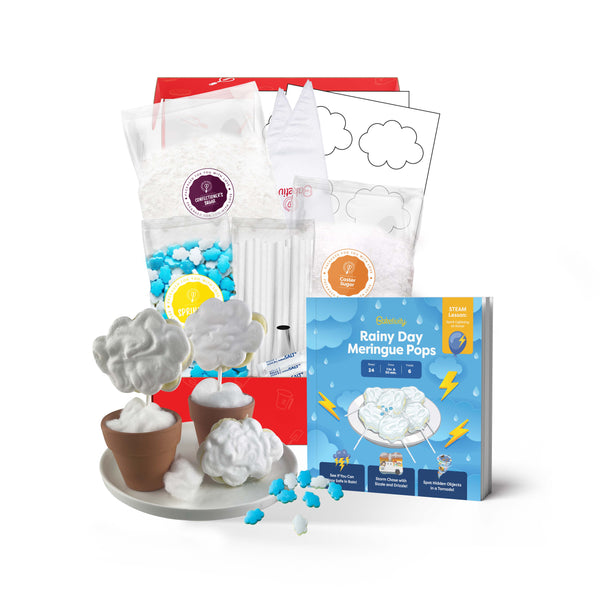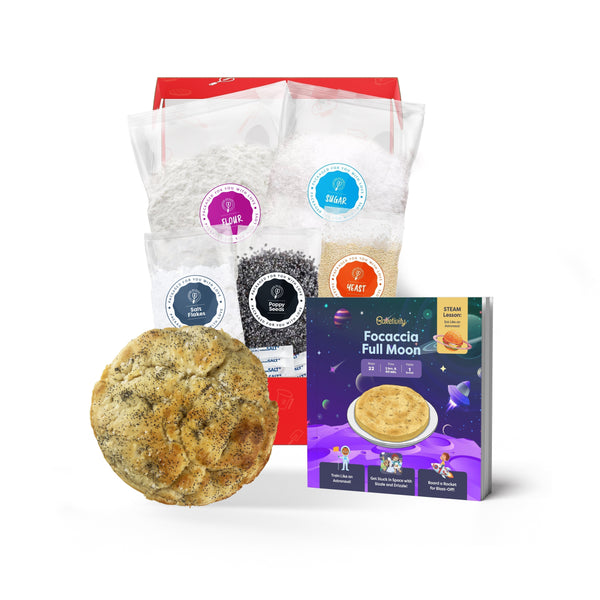In today's fast-paced world, finding the key to developing
healthy eating habits can sometimes feel elusive. With so much conflicting information and tempting convenience foods, it's important to understand the importance of healthy eating and take steps to make it a part of our daily lives. In this article, we will explore the role of nutrition in overall health, debunk common myths about healthy eating, discuss strategies for developing and maintaining healthy eating habits, delve into the psychological aspects of food choices, and examine the relationship between physical activity and diet.
Understanding the Importance of Healthy Eating
Eating healthy goes beyond simply looking good. It is an essential component of overall well-being and can contribute to a higher quality of life. The nutrients we obtain from our food play a crucial role in supporting our bodily functions, boosting our immune system, and preventing chronic diseases. By nourishing our bodies with the right balance of nutrients, we can optimize our physical and mental health.
The Role of Nutrition in Overall Health
Achieving optimal health starts with understanding the role that nutrition plays in our bodies. The food we consume provides the energy and nutrients necessary for growth, repair, and maintenance of our cells. A
balanced diet that includes all the
essential nutrients, including carbohydrates, proteins, fats, vitamins, and minerals, is crucial for maintaining proper bodily functions and preventing nutrient deficiencies.
Let's take a closer look at some of these essential nutrients:
Carbohydrates: They are the primary source of energy for our bodies. They provide fuel for our brain, muscles, and organs. Whole grains, fruits, and vegetables are excellent sources of healthy carbohydrates.
Proteins: They are the building blocks of our body. Proteins are essential for growth, repair, and maintenance of tissues. Good sources of protein include lean meats, poultry, fish, legumes, and dairy products.
Fats: Despite their bad reputation, fats are necessary for our body's proper functioning. They provide energy, help absorb vitamins, and support brain health. Healthy fats can be found in avocados, nuts, seeds, and olive oil.
Vitamins and Minerals: These micronutrients are vital for various bodily functions. They help strengthen our immune system, support bone health, and promote healthy skin. Fruits, vegetables, whole grains, and dairy products are excellent sources of vitamins and minerals.
Debunking Myths About Healthy Eating
There are numerous misconceptions surrounding healthy eating. One common myth is that healthy food is tasteless and boring. However, with a little creativity, healthy meals can be both delicious and satisfying. By experimenting with different herbs, spices, and cooking techniques, we can transform simple ingredients into flavorful and nutritious dishes.
Another misconception is that healthy eating requires extreme dietary restrictions. In reality, a balanced diet can still include occasional treats and indulgences, as long as they are consumed in moderation. By practicing portion control and mindful eating, we can enjoy our favorite foods without compromising our health goals.
Furthermore, it is essential to note that healthy eating is not just about the food we consume. It also involves adopting a healthy lifestyle, including regular physical activity, adequate sleep, and stress management. By incorporating these habits into our daily routine, we can enhance the benefits of a nutritious diet and promote overall well-being.
Steps to Develop Healthy Eating Habits
Developing healthy eating habits is a journey that requires commitment and consistency. By taking small steps and making gradual changes, we can create lasting habits that will benefit us in the long run.
Embarking on the path to healthy eating involves more than just changing what's on our plate. It's about understanding the importance of nutrition and how it impacts our overall well-being. By fueling our bodies with the right nutrients, we not only improve our physical health but also boost our mental clarity and emotional stability.
Identifying Unhealthy Eating Patterns
The first step towards developing healthy eating habits is recognizing any negative patterns in our current diet. This can include excessive consumption of sugary drinks, processed foods, or mindless snacking. By identifying these habits, we can then work towards replacing them with healthier alternatives.
Unhealthy eating patterns can often stem from emotional triggers or lack of awareness about proper nutrition. By keeping a food journal or seeking guidance from a nutritionist, we can gain valuable insights into our eating habits and make informed decisions about our dietary choices.
Setting Realistic Dietary Goals
Once we have identified our unhealthy eating patterns, it is important to set realistic goals for improvement. Instead of aiming for perfection or drastic changes overnight, setting achievable goals encourages a sustainable approach to healthy eating. Whether it's incorporating more fruits and vegetables into our meals or reducing our intake of saturated fats, each small step brings us closer to our overall goal.
It's essential to approach goal-setting with a
positive mindset and a focus on progress rather than perfection. Celebrating small victories along the way can help us stay motivated and committed to our journey towards developing healthy eating habits.
Strategies for Maintaining Healthy Eating Habits
Developing healthy eating habits is just the beginning. To make them a part of our daily lives, we need strategies to overcome common obstacles and ensure consistency.
Meal Planning and Preparation Tips
One effective strategy for maintaining healthy eating habits is meal planning and preparation. By dedicating some time each week to plan out meals and prepare ingredients in advance, we can avoid relying on unhealthy last-minute options. This also allows us to make healthier choices by incorporating a variety of nutritious foods into our meals.
Overcoming Common Obstacles to Healthy Eating
Life often presents us with challenges that can derail our healthy eating habits. From busy schedules to social gatherings, it's important to have strategies in place to overcome these obstacles. This can include packing healthy snacks for on-the-go or opting for healthier choices when eating out. By being prepared and having a plan, we can stay on track even in challenging situations.
The Psychological Aspects of Healthy Eating
Healthy eating isn't just about the food we consume; it also involves the psychological aspects of our relationship with food.
The Impact of Mindful Eating
Mindful eating is a practice that promotes being present in the moment while eating, paying attention to the flavors and textures of our food, and being aware of our body's hunger and fullness cues. By practicing mindful eating, we can develop a healthier relationship with food and make more conscious choices that benefit our overall well-being.
Coping with Emotional Eating
Emotional eating is a common response to stress, boredom, or other emotions. It involves using food as a coping mechanism rather than eating for nourishment. Developing
healthy alternatives to deal with negative emotions, such as engaging in physical activity or seeking support from friends and family, can help break the cycle of emotional eating and promote healthier habits.
The Role of Physical Activity in Healthy Eating
While healthy eating primarily focuses on the food we consume, it is important to acknowledge the role that physical activity plays in supporting a balanced lifestyle.
Balancing Diet and Exercise
Achieving a healthy lifestyle involves finding a balance between diet and exercise. While a nutritious diet fuels our bodies with essential nutrients, physical activity helps to maintain muscle mass, improve cardiovascular health, and enhance overall well-being. Combining both aspects can lead to significant improvements in our overall health.
The Influence of Exercise on Appetite and Food Choices
Engaging in regular physical activity can have a positive influence on our appetite and food choices. Exercise has been shown to reduce cravings, increase satiety, and improve our body's sensitivity to hunger and fullness cues. By incorporating exercise into our routine, we can further support our healthy eating habits.
In Conclusion
Developing healthy eating habits is a lifelong journey that requires commitment, awareness, and support. By understanding the importance of nutrition, debunking common myths, and taking steps towards change, we can embark on a path towards overall well-being. Incorporating strategies to maintain these habits, understanding the psychological aspects, and acknowledging the role of physical activity further optimize our chances of success. With time and persistence, we can unlock the key to developing healthy eating habits that will benefit us for years to come.
Start Your Family Baking Adventure with Baketivity!
Ready to turn your kitchen into a fun and educational bakery? Join the Baketivity Baking Club and embark on a delightful journey of family bonding, creativity, and learning. Our baking kits, infused with quality ingredients and the joy of discovery, are designed to provide you with everything you need to create lasting memories. Embrace the art of baking and nurture your child's culinary talents today.
Join the Baking Club and let's bake up some fun!




